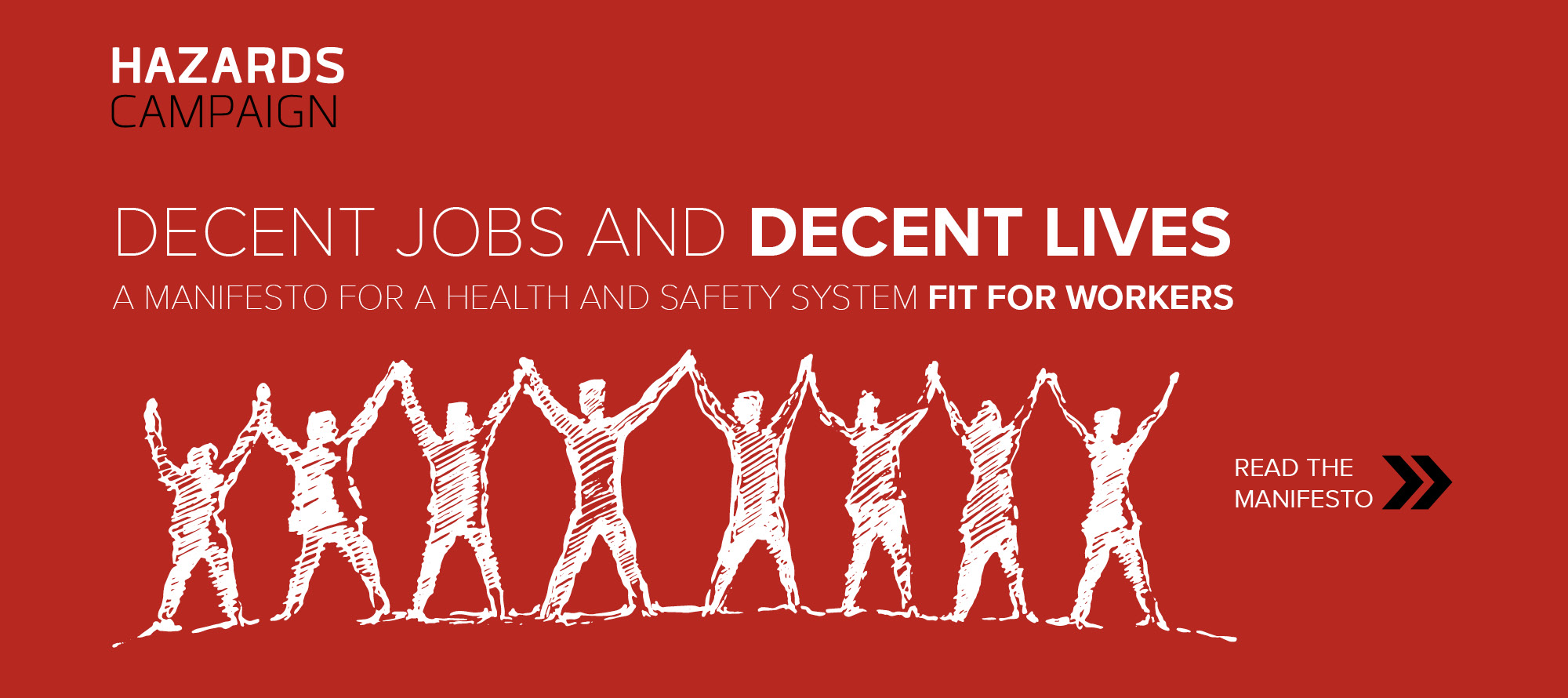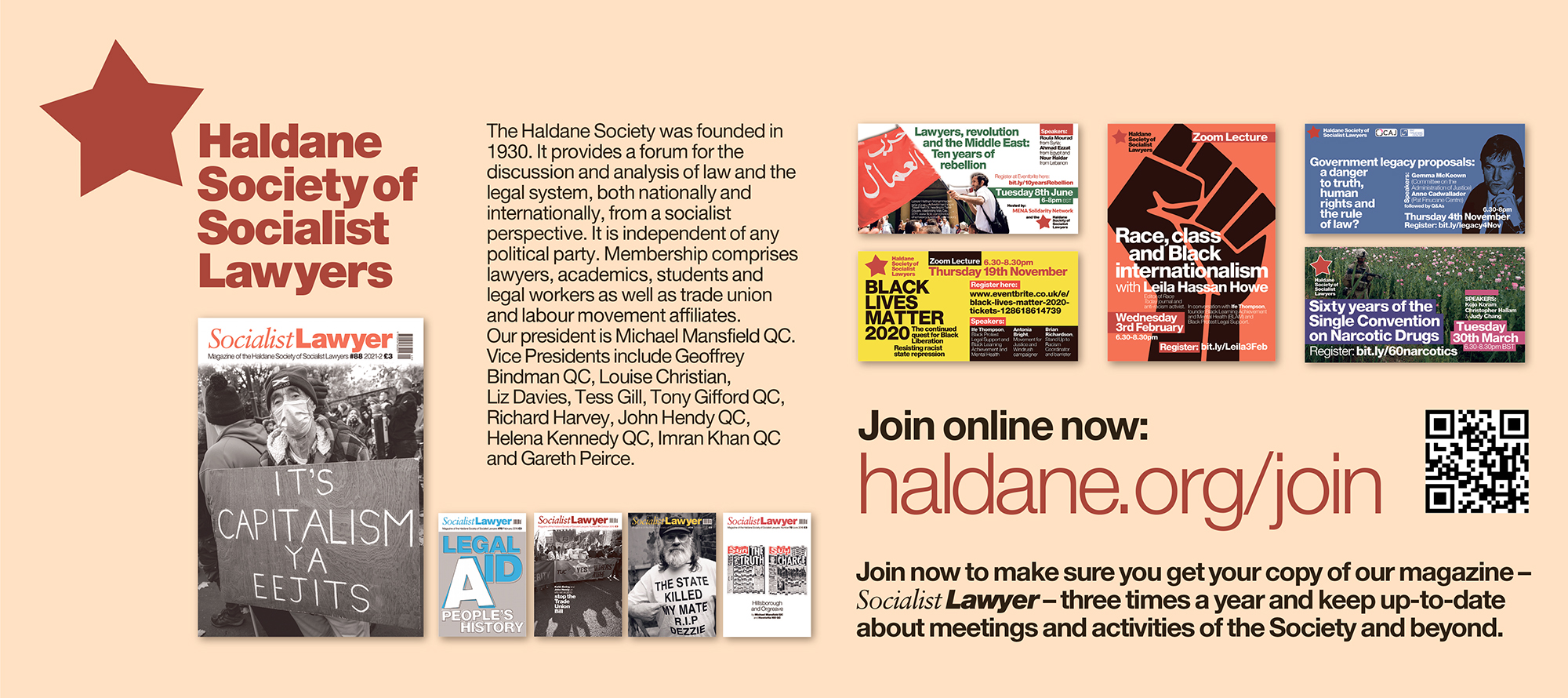Martin Smith
Martin Smith, GMB National Organiser Martin started as a community organiser for Battersea and Wandsworth TUC in the mid 1990s before helping set up and run the TUC Organising Academy. As National Organiser for GMB since 2005 Martin has helped the unions substantial growth - building membership under Tory, Labour and Coalition governments and in times of both boom and bust.





